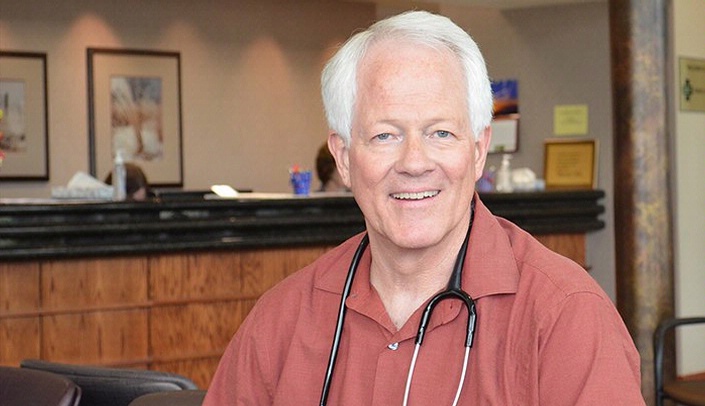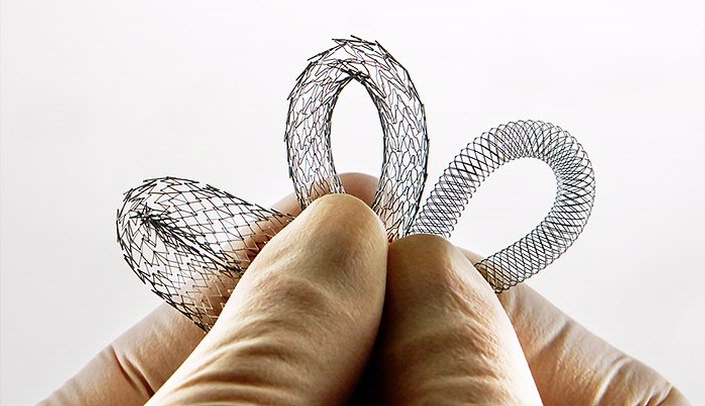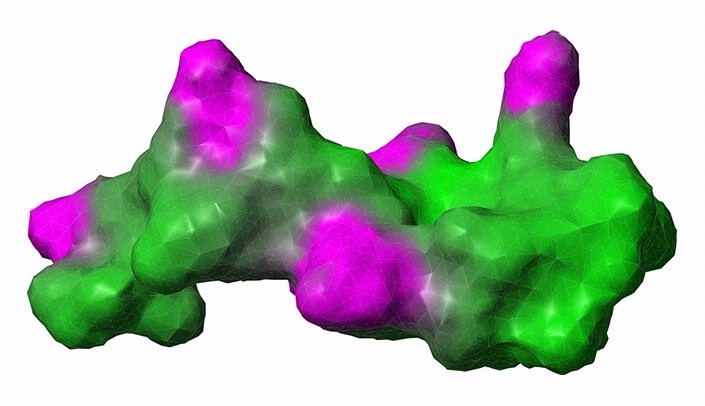Ryan Shaw
Distinguished Scientists Honored
Each year, when UNMC’s emerging and top researchers are recognized, it is clear that the depth and breadth of their work continues to expand.
Aug 20, 2015

What? No magic way to lose weight?
Family practice physicians get together to help motivate patients to lose weight.
Aug 20, 2015

A nanopioneer seeks novel drug delivery systems
UNMC’s ninth Scientist Laureate is hooked on innovation.
Aug 20, 2015

WANTED Stents that work well for peripheral artery disease
a $3.5 million grant will help researchers understand why stents don’t work well for treating peripheral artery disease.
Aug 20, 2015


New prototypes designed for interventional radiology
Overexposure to radiation leads one radiologist to invent protective devices.
Aug 20, 2015

Study to help HIV-infected women live normal lives
Some antiretroviral therapies used in sub-Saharan Africa are found to not work well with contraceptives.
Aug 20, 2015

Designer peptides to fight superbugs
Engineered peptides may soon be the therapy of choice against nasty bacterial and viral infections and even cancer.
Aug 20, 2015

Young students stoked about science
Speaking to a crowd of approximately 50 middle school students, Greg Karst, Ph.D., never missed a step.
Aug 20, 2015

Computers help physicians determine best treatment plan
IBM Watson searches millions of data points to improve care for cancer patients.
Aug 20, 2015
